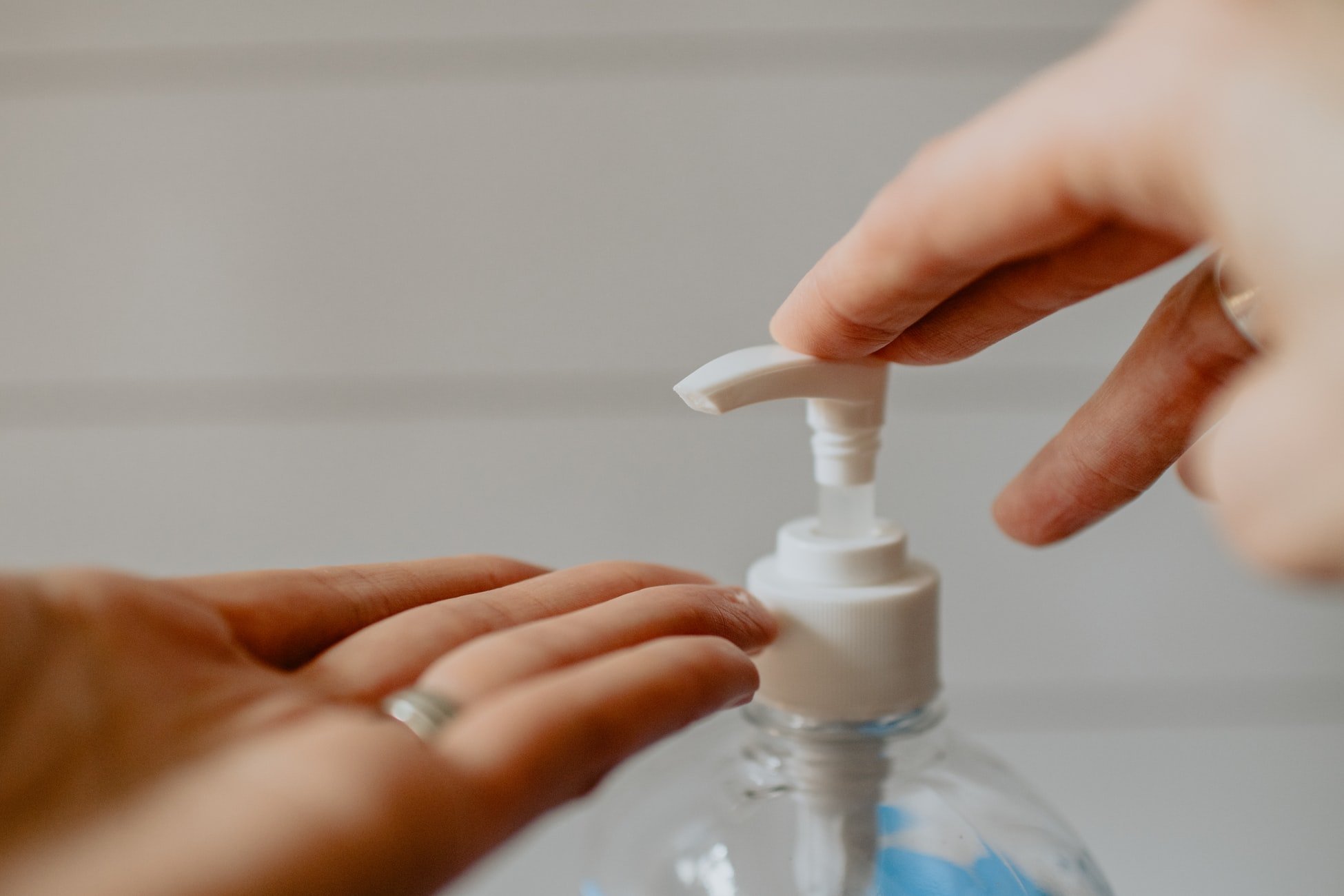How Using Disinfectants During the COVID-19 Pandemic Creates Indoor Air Pollution

While the pandemic has created many opportunities for improving indoor air quality in our homes and workplaces, there is a hidden danger: disinfection. While disinfection is clearly necessary to combat the coronavirus, the ubiquitous use of disinfectant products has elevated the severity of indoor air pollution, especially for the cleaning crews breathing in these chemicals daily.
A note on disinfection vs. sanitization
For this article, we will be referring mainly to disinfection rather than sanitization.
What’s the difference? Disinfection is more strict than sanitization, and the term ‘disinfectant’ solely refers to microbicidal substances, not products that clean up dirt or grease. Sanitizers can be used for both purposes, cleaning and disinfecting, and are weaker than disinfectants. Given the context of COVID-19, the indoor air quality issues created by disinfectants will be similar to those created by sanitizers, but usually more severe.
How Do Disinfectant Products Harm Indoor Air Quality?
The main concern with disinfectants is that they release volatile organic compounds and other chemical vapors. Substances that contain ammonia or bleach are especially hazardous.
Alcohol-based products
Alcohol-based disinfectants generally have one of two active ingredients: isopropanol or ethanol.

Isopropanol, or isopropyl alcohol, is a colorless, flammable substance. Isopropanol also has a strong smell, even when diluted, that is familiar to many; isopropanol is the main ingredient in rubbing alcohol. Inhaling the vapors from isopropanol can irritate the nose and throat, creating more severe symptoms such as headache, dizziness, and confusion with high exposure. Ethanol, a common ingredient in hand sanitizers, can also impact vision and concentration at high levels.
Ammonia-containing products
Ammonia (NH3) is a highly dangerous substance to inhale, resulting in eye, nose, and throat irritation at low levels and respiratory distress or failure at higher levels. Not only do ammonia-based products off-gas ammonia, but they also aren’t sufficient as disinfectants and shouldn’t be used as disinfectants during the pandemic.
Quaternary ammonium compounds (QACs or quats), however, do serve as effectual disinfectants. QACs are cationic surfactants that have bactericidal and virucidal properties effective against SARS-CoV-2. QACs are known to both cause and exacerbate asthma, but are generally considered safer alternatives to chlorine-based bleach, which we will discuss next.
Chlorine-bleach-containing products
Chlorine-based bleach, often with the active ingredient of sodium hypochlorite, is a popular and effective ingredient in many disinfectant products. The indoor air quality hazard posed by this chemical has been known for years.

If you are using bleach-containing products to disinfect, ventilate with as much fresh air as possible to dilute the chemical fumes.
Not only can these products emit halogenated volatile organic compounds, including chloroform and carbon tetrachloride (a probable human carcinogen), but these VOCs can also react to form indoor particulate matter. Needless to say, chlorine-based bleach products can pose an enormous indoor air quality threat, especially without proper safety precautions.
Hydrogen-peroxide-containing products
Because of the well-known dangers of chlorine-based bleaches, hydrogen-peroxide-based products were developed as safer alternatives. However, a study lead by the University of Saskatchewan determined that hydrogen peroxide-based disinfectants created indoor air pollution far above acceptable limits. After mopping floors with 0.88% hydrogen peroxide solutions, airborne hydrogen peroxide levels rose to over 600 ppb, 600 times higher than fresh air levels.
Despite the harms posed by hydrogen-peroxide-containing products, these substances are still a better alternative to both ammonia- and chlorine-based disinfectants. Airborne hydrogen peroxide and hydroxyl are both less harmful than chlorine and ammonia, but safety precautions still need to be utilized.
Risk-Minimizing Actions for COVID-19 Disinfecting Protocols
While disinfectants pose a significant threat to our health because of their negative impacts on indoor air quality, they are a necessary component of any COVID-19 containment plan. Fortunately, there are several steps we can take to making disinfection safer, including:
- 1. Increasing the flow of outdoor air, either through higher ventilation rates or manually through opening windows
- 2. Substituting chemical products with hot water and soap, when possible
- 3. Disinfecting at times with low building occupancy
- 4. Monitoring indoor TVOC and particulate matter levels to ensure indoor air pollutants do not exceed safety thresholds
- This article was created by Dianna Smith


Leave a comment